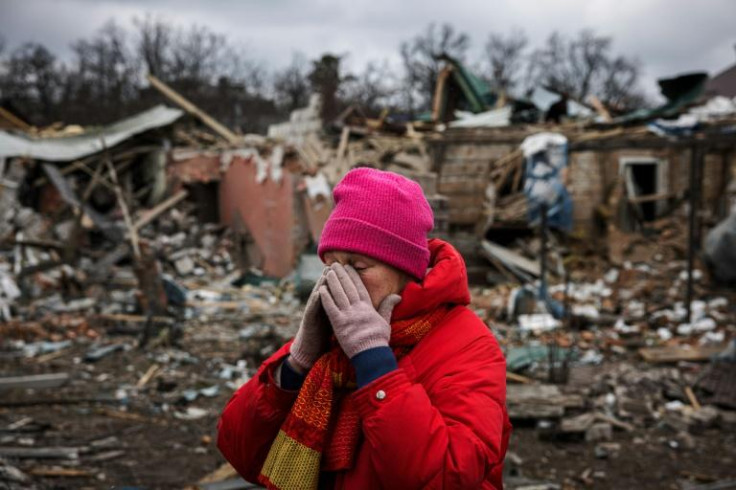Could a no-fly zone be implemented in Ukraine?
US and NATO officials say flatly that for a Ukraine NFZ to work their own jets would have to be prepared to shoot down any Russian violators
Ukrainian President Volodymyr Zelensky again urged NATO Monday to impose a no-fly zone over his country, saying it would protect not only Ukraine but the countries of the Atlantic alliance from Russian air attacks.
But the United States and NATO allies refused for the same reasons they have been citing since Moscow invaded Ukraine on February 24: that any attempt to establish a no-fly zone would place them in direct conflict with nuclear-armed Russia and spark a wider, more dangerous conflict.
Here is what you need to know about no-fly zones, or NFZs.
It is a prohibition on all or certain types of aircraft flying through a designated airspace, over a country or region.
NFZs require one or more parties being willing to enforce them -- that is, being ready and able to shoot down any aircraft violating the space.

They have been used in attempts to limit an ongoing conflict on the ground and to protect certain populations. But they are costly, requiring constant air patrolling and monitoring.
From 1991 to 2003 the US, France and Britain enforced no-fly zones over Iraq in the wake of the 1991 Gulf War, to protect Shiite populations in the south and minority Kurds in the north from air attacks by the Saddam Hussein's Sunni government.
From 1993-1995 NATO enforced a UN-declared NFZ over Bosnia.
And in 2011 NATO also enforced a UN-approved NFZ over Libya during that country's civil war.
A full NFZ by NATO would mean that Russia's superior air power could not be deployed against Ukrainians -- but also that the Kyiv would not be able to fly its fighter jets and significantly effective attack drones against the Russians.
It could allow civilians, who are becoming casualties at a staggering rate, to flee the conflict more safely.

US and NATO officials say flatly that for a Ukraine NFZ to work their own jets would have to be prepared to shoot down any Russian violators -- effectively making them direct participants in the war.
"If we did that, we'll end up with something that could end in a full-fledged war in Europe, involving many more countries and causing much more human suffering. So that's the reason why we make this painful decision," NATO Secretary General Jens Stoltenberg said on March 4.
A day later, Russian President Vladimir Putin confirmed those stakes, saying any country trying to enforce a Ukraine NFZ "will be considered by us as participation in an armed conflict by that country."
Last week a group of US defense and foreign policy experts released a letter calling for a "limited" NATO-enforced NFZ over Ukraine to establish humanitarian corridors in which civilians were protected from aerial bombardment.
But critics said that would not limit the risk of conflict with Russia, as NATO aircraft would still have to be willing to shoot down Russian aircraft.
So far the war in Ukraine has not depended heavily on air power, on either side. In its invasion Russia has relied mostly on long-range missiles and surface artillery fire to attack Ukrainian targets. Fighting back, the Ukrainians have depended largely on ground fire.
A US defense official pointed to Russia's missile attack Sunday on a base in western Ukraine as an example. The Russians fired about two dozen cruise missiles from aircraft flying over Russian territory at the time.
"A no-fly zone inside Ukraine would have had no effect on this particular set of strikes," the official said Monday.
It "would not stop all of the air activity that is going on," the official said.
© Copyright AFP 2022. All rights reserved.
This article is copyrighted by International Business Times, the business news leader





















